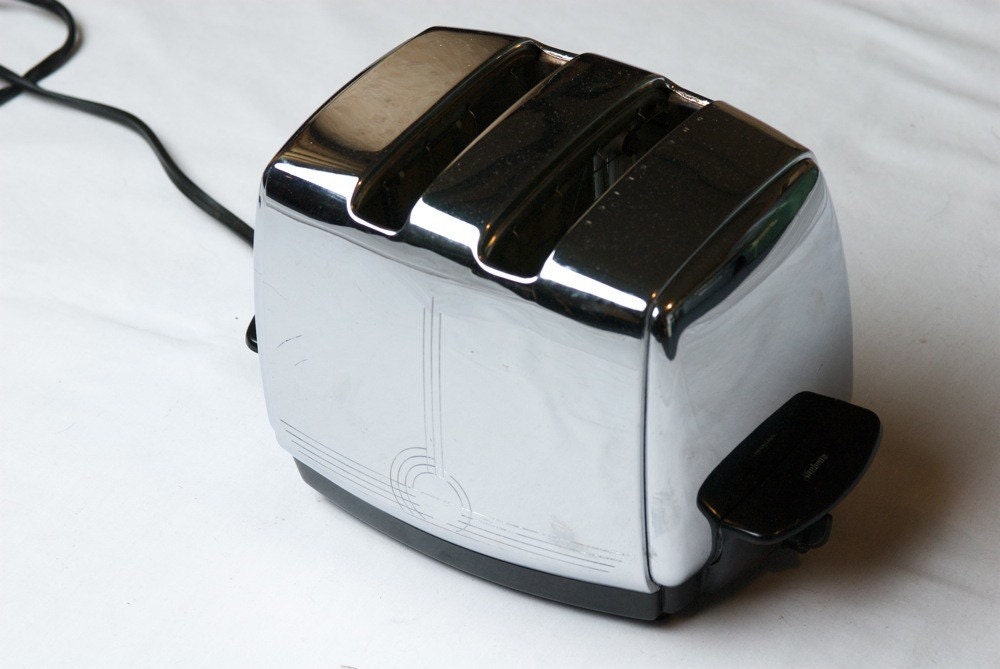(I really hesitated over where to put this – maybe it should be CS because it’s sorta about food but really about physics, I think so… apologies to the mod if you have to move it.)
Anyway, I’ve had multiple toasters over my life, and NONE of them have done what it seems to me like the most basic thing a toaster should do. As in, when you put a slice of bread into the thing, it should come out cooked to your desired shade of brown/crunchiness time after time after time. I mean, really, is that too much to ask for?
I finally looked up (yes, I googled it!) how toasters work. And apparently there are two types and neither can be expected to reliably do what I want. 
One group simply measures the temperature within the slot, and when it reaches some particular point it declares the toast done. And what the ‘darkenss’ control on those do is change the target temperature. Which sounds good, except that it makes a huge difference if the toaster starts out cold or hot. So the first batch of toast will be browner than another batch made soon after. So I guess what you’d need to do is create a whole lot of unsatisfying toast while you figure it out: let’s see, I need the first batch to be at 3, and the second at 6, though if it’s been two minutes maybe a 4? Or a 5, since the kitchen is rather chilly this morning it probably cooled faster…
The other kind of toasters use some magic gizmos called variable capacitors and resisters which I do not even pretend to understand, but the bottom line is that they work by time: setting the darkness control changes how fast something charges up, and when the appropriate degree of charge is reached it goes pop.
Which is supposedly consistent batch to batch… as long as you’re putting the exact same type of bread into the toaster. But the setting to get the same degree of toastedness for white bread might be quite different than for whole wheat and rye different again. And I bet how thick the slice is matters, too. And whether the loaf was baked yesterday or five days ago. And maybe the phase of the moon matters, too, I dunno.
Isn’t there a better way to do this?
My guess is that toasting bread is pretty much the same as other cooking: the heat makes certain chemical changes happen AND some amount of water evaporates. So couldn’t you have toasters check on those things instead?
Okay, chemical analysis is probably ridiculously hard (though maybe some optical sensor that detects the degree of color change?) but maybe you could detect the change in how much water is left or the rate it’s changing at or something?
I want perfect toast, dammit! If we can put a man on the moon, and all that. :mad:
